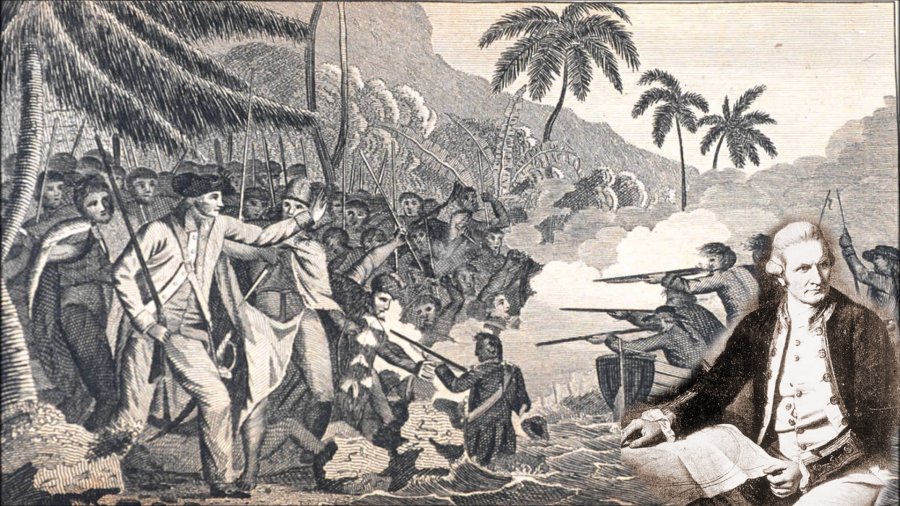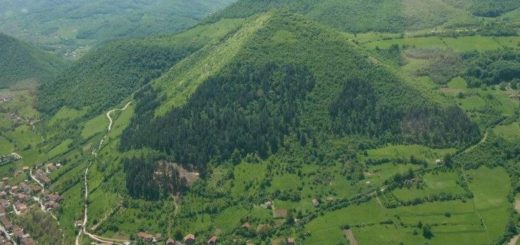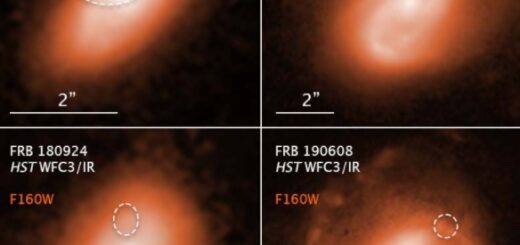On This Day In History: Captain James Cook Discovers Hawaiian Islands – On Jan 18, 1778
On January 18, 1778, Captain James Cook, the English explorer, became the first European to discover the Hawaiian Islands. He arrived in the Islands on his third voyage to the Pacific.
Commanding the Resolution and Discovery on a mission to explore a Northwest Passage and to plot the transit of Venus, Cook first sighted the islands of O’ahu, then Kaua’i and Ni’ihau on January 18, 1778.

He was greeted by the Hawaiians as a sacred high chief or a god. These people were fascinated by the Europeans’ ships and their use of iron.
Cook responded to islanders’ hospitality by giving Hawaiians three goats, pumpkins, and onions, two English pigs, and seeds to plant melons. After naming the Islands after his patron, John Montagu, Fourth Earl of Sandwich, Cook left for northern waters to complete his mission.
Returning in November to winter in the Islands, Cook and his ships tacked off the coasts of Maui and Hawai’i for eight weeks before anchoring for an extended stay at Kealakekua Bay.
In three voyages, Captain Cook sailed thousands of miles across largely uncharted areas of the globe. He mapped lands from New Zealand to Hawaii in the Pacific Ocean in greater detail and on a scale not previously achieved. He recorded islands and coastlines on European maps for the first time.
Cook was an expert mapmaker. He displayed a combination of seamanship, superior surveying and cartographic skills, physical courage and an ability to lead men in adverse conditions.
Unfortunately, there was an tragical incident; Cook was attacked and killed in a confrontation with Hawaiians during his third mission of exploration in 1779.
He left a legacy of scientific and geographical knowledge which was to influence his successors well into the 20th century, and numerous memorials worldwide have been dedicated to him.



 Creators of mankind
Creators of mankind Description of “Tall white aliens”
Description of “Tall white aliens” Where they came from?
Where they came from? About hostile civilizations
About hostile civilizations The war for the Earth
The war for the Earth “Tall white aliens” about eternal life
“Tall white aliens” about eternal life Video: “Nordic aliens”
Video: “Nordic aliens” Aliens
Aliens Alien encounters
Alien encounters The aliens base
The aliens base UFO
UFO Technology UFO
Technology UFO Underground civilization
Underground civilization Ancient alien artifacts
Ancient alien artifacts Military and UFO
Military and UFO Mysteries and hypotheses
Mysteries and hypotheses Scientific facts
Scientific facts


















